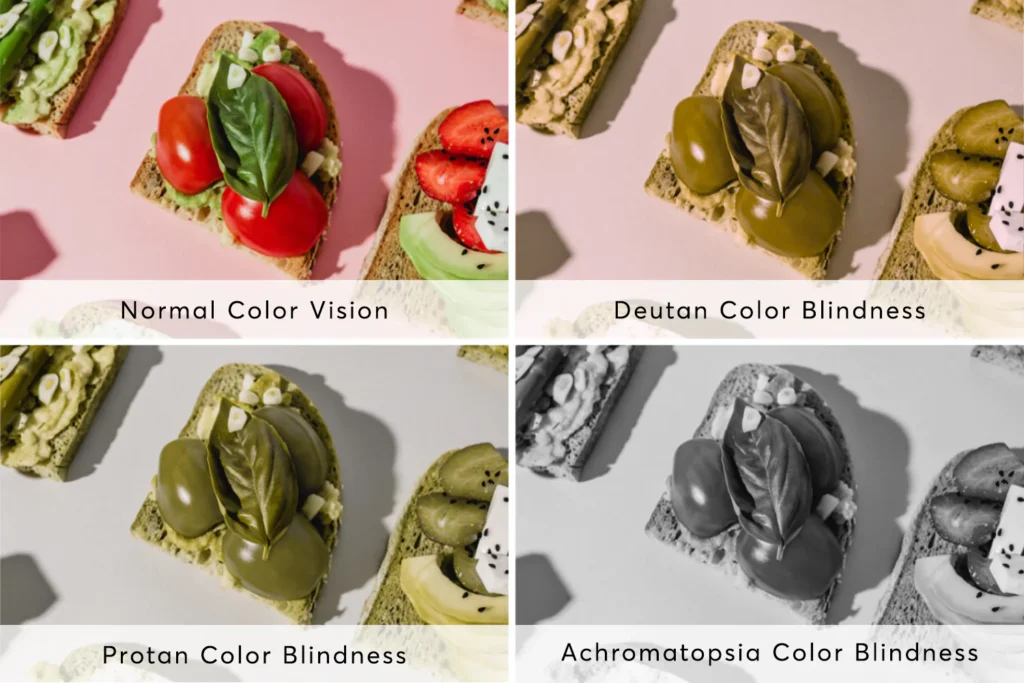Cats are beloved companions, but have you ever wondered about their vision? Many people assume that cats see the world in black and white, like a vintage photograph. However, this assumption is far from the truth. Cats, like many other animals, have a limited range of color vision that is different from our own. In this blog post, we’ll explore the intricacies of animal color vision and discover just what cats (and other animals) can and can’t see. From the ultraviolet light that honeybees use to find nectar to the polarized light that bumblebees detect, we’ll look at the ways in which different animals perceive the world around them. Whether you’re a cat lover or just curious about the natural world, this article will give you a new appreciation for the diversity of animal vision.

Are Cats Colorblind?
Cats, like many other animals, are able to see a limited range of colors compared to humans. Specifically, cats are thought to be “dichromatic,” which means they are able to see blue and green but not red. This is because the cells in a cat’s retina responsible for detecting color, called cones, are not sensitive to long wavelengths of light. Humans, on the other hand, are “trichromatic,” meaning we have three types of cones that allow us to see a wider range of colors.
There are many other animals that are colorblind to different degree. For example, dogs are also dichromatic and can only see blue and yellow. Some species of primates, such as marmosets and tamarins, are also dichromatic and can only see blue and green. Rodents like rats and mice are also dichromatic, but they can see ultraviolet light, which is outside of the range of human vision. Birds, however, have different type of color perception, some of them can see ultraviolet light and allow them to see different range of colors from us.
Completely Colorblind Animals
Other animals, such as many species of fish, reptiles, and amphibians, are thought to be completely colorblind and can only see in shades of gray. Certain insects, like honeybees and bumblebees, are also able to see ultraviolet light and also perceive polarization, that means they can detect the direction of light waves.
It’s important to note that color vision can vary greatly between different species of animals and even within a single species, depending on factors such as genetics and environment. This can affect the way they perceive their surroundings and interact with other animals, plants and their environment.

